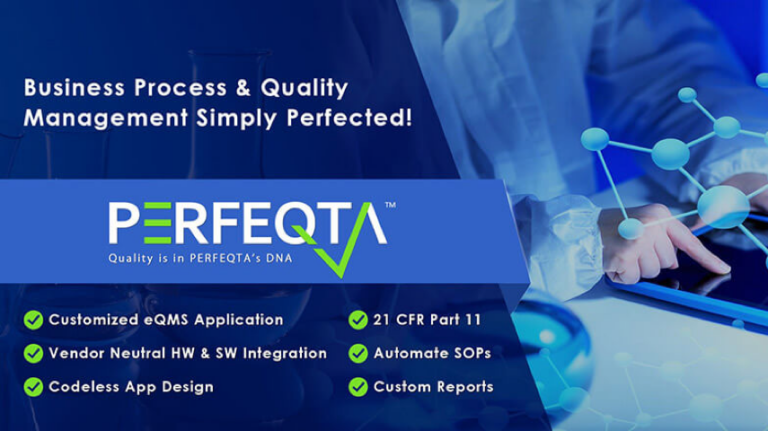How Does Your Blood Center Measure Up?


Are you benchmarking your organization in the best way possible? Are you tracking almost the exact metrics everyone else is tracking? Are you consistently measuring, monitoring and communicating your Key Performance Indicators (KPI) that drive performance in your blood center? Do you counterbalance your KPIs for maximum effect?
As we work with blood centers to digitize their operations, we have observed that they have some KPIs that are measured, with the majority of these leaning toward donor acquisition and related activities. To gain maximum value from your bench-marking efforts, we recommend you follow a few best practices that we’ve learned over the last fifteen years while working with organizations in and outside of the blood industry.
- Choose your KPIs that are related to your specific center’s key goals and have KPIs that support those critical goals for each department and business unit. KPIs can vary based on your size, competitive landscape, specific areas that need attention, and they need to correspond to the culture you want to nurture.
- Pick 2 or 3 KPIs that can be consistently measured and monitored, and that are easy for your organization to understand and implement. By starting with a few simple KPIs, and gaining buy-in across the organization, you can create a culture driven by numbers.
- Implementing KPIs can often be met with resistance from members in the organization who might feel they are under the microscope but we’ve found that once implemented and well communicated, employees grow to appreciate having clear, measurable goals. Lack of ambiguity leads to higher productivity and better decision making as well.
- For every KPI you implement, counterbalance it with another KPI. If you measure the number of defects, deviations or other quality related metrics, we recommend that you also estimate the cost of preventing quality issues. KPIs such as Cost of Quality as a % of Annual Revenue, or Average Training Hours per Employee, will provide a needed counterbalance to the cost of defects. A defect or a waste typically translates into hard expenses for your organization, but your blood center also invests money and resources to prevent such issues. Is this investment tracked? If not, why not?
- We are big fans of combining both lagging and leading metrics. This way you can almost predict with a level of certainty where you are going and adjust before you get there as needed using the leading indicators.
- Implementing KPIs is only the first step. KPIs gain more value over time as you collect data, and unless you drive consistency and communicate the value of your metrics to everyone in the organization, there is a good chance that your gains will be short-lived. Communicate the importance of these metrics to your organization, and don’t settle for anything less than 100% compliance in bench-marking activities and they will become embedded in your culture.
- It is essential to use the right tools to record and communicate your KPIs to the rest of the organization. Business intelligence software and workflow systems, if set up correctly, are beneficial. We are sharing our latest experience with the City of Tyler, Texas where we helped them track the complete life-cycle of KPI scorecards and quality standards, at the next ASQ World Conference in May 2019.
Here is a list of common KPIs that our blood centers can track. Some can be assigned to departments, and others are attached to the blood center as a whole and managed by the leadership.
- Cost Per Unit Collected (CPUC)
- DASH rate (donations per staff hour)
- Percent of waste or discarded products
- Cost per donation
- Blood product demand period
- Number and percentage of adverse donor reaction
- Percent of reactive units
- Percent of individual product type vs. total inventory
- Percent of defect-free processes
- Cost of quality as a percentage of annual revenue
- Number of deviation and percentage of deviation vs. total number of processes
- Overall turnaround time from donation to product completion (internal)
- Deferral percentage
- Cost per mobile donation vs. cost per fixed-based location.
We would be keen to hear about other KPIs that your center is currently tracking. Also, there are a couple of KPIs that we believe that every blood center should monitor. Shoot me an email at max@perfeqta.io, and I would be happy to share.






